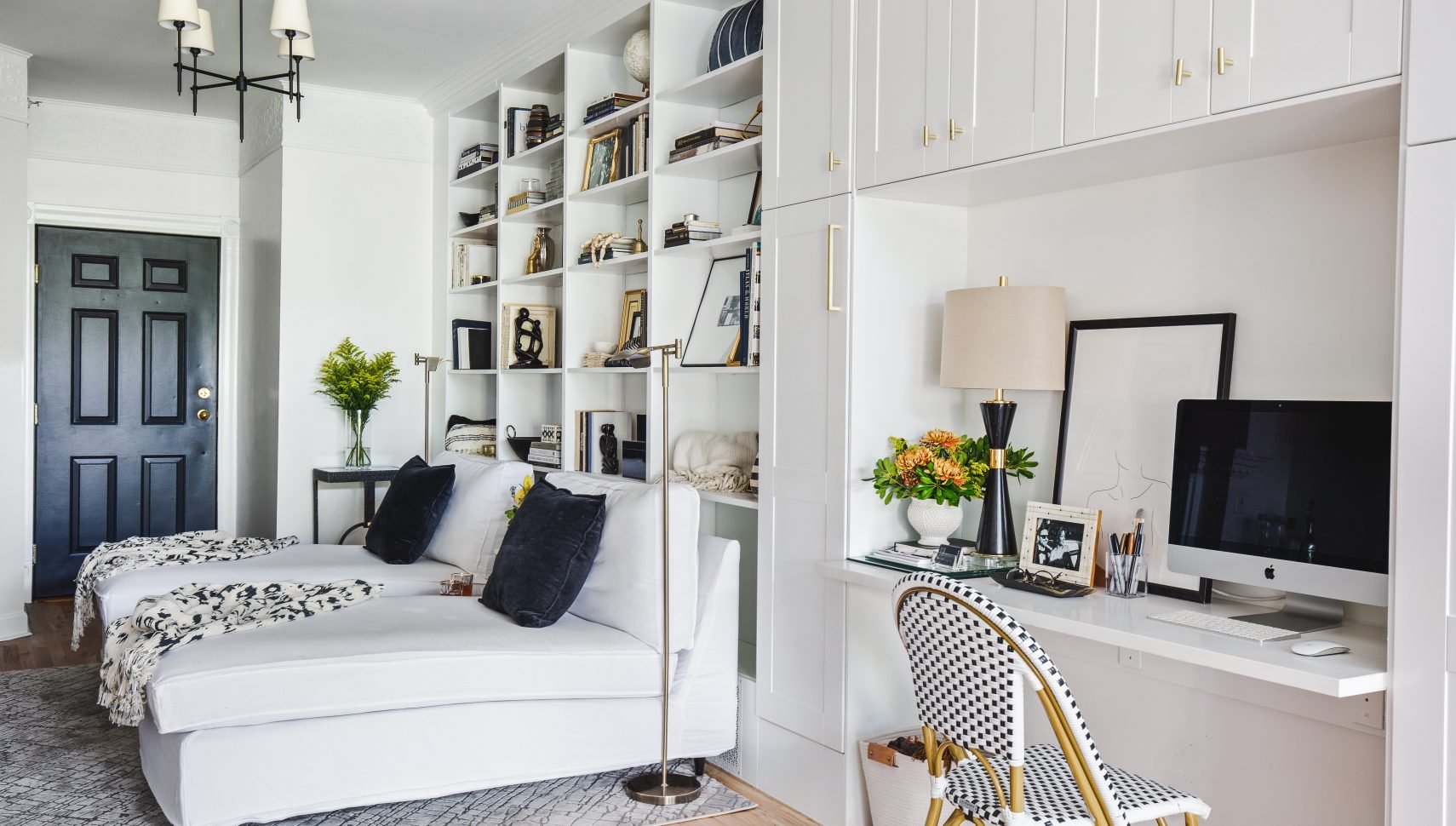A room’s four walls are a blank canvas, which can inspire infinite creativity—or leave you paralyzed to make decisions. It can seem daunting to plan a room from scratch, but it’s something we do at Havenly every single day. As design professionals, we’re well versed in what it takes to go from empty square footage to a perfectly appointed retreat (be it a bedroom, bathroom, living room or kitchen). Below, we’ve outlined a practical, seven-step guide on how to plan a room.
Mood boards are all about inspiration. Inspiration from anywhere! Look through magazines, search online, peruse catalogs, art books, and even old photographs. Scroll Pinterest and Instagram. Go for a walk (with your iPhone for pictures!). Don’t get bogged down trying to find a common thread or color scheme. Rather, simply focus on what you love or what stands out to you, no matter what it looks like, and include it into the mood board. If you have materials on hand, such as fabric or paint samples, include them here. If not, visit their websites and print (or Pin!) images of materials.
Whether it’s digital or old-school, your mood board should also include photos of any pieces or elements that are staying. That means if you’re redoing your living room but keeping the sofa, add a picture of the sofa to your mood board. Same goes for any architectural elements—like a fireplace or flooring—that won’t be changing. You can also add pictures of specific pieces you’d like to add, but that isn’t absolutely necessary. A mood board is meant to convey a desired ambience and get your creative juices flowing. It’s not the final design concept, so just have fun with it.
When you work with a Havenly designer, they will provide you with three personalized “Ideas”—our version of a mood board based on your inspiration and space. Once you provide feedback on everything you absolutely love (or hate) and your designer will use it to create several design “Concepts” you adore.
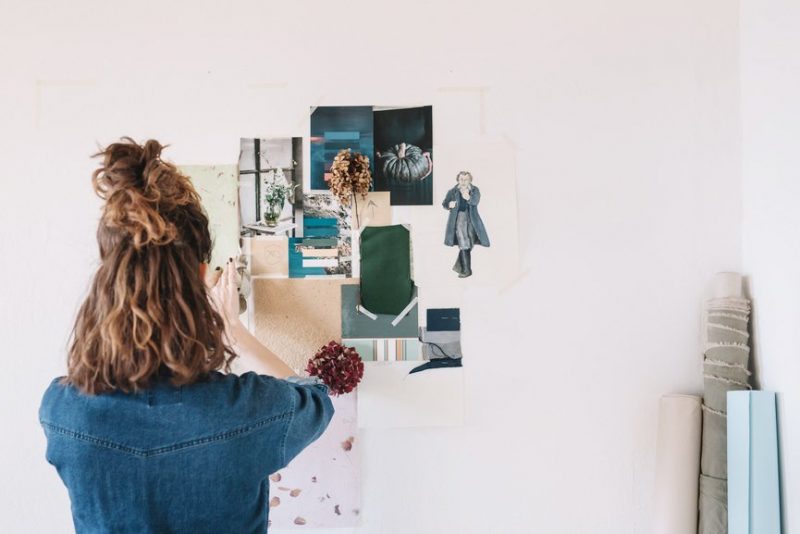
After you’ve had some time to sit with your mood board, you can start editing it down. Look for themes now that you have all your inspiration in one place. Is a certain color taking the lead? Do you have a taste for natural materials like wood and marble? The commonalities in your mood board will become the basis for the overall design plan. This is also a great point to choose your paint color, although you could also wait until the “shopping” step to pick a hue.

We’ve said it before, and we’ll say it again: editing is a key part of good interior design. A room redesign often means bringing in new pieces—which in turn means getting rid of items that no longer serve you or your goals for the space. As you take inventory of what’s around you, label what will stay and what will go. Remember, getting rid of a piece for a room doesn’t necessarily mean trashing it altogether. Consider whether a piece of artwork or furniture might work in another room of your house, or if you can donate it.
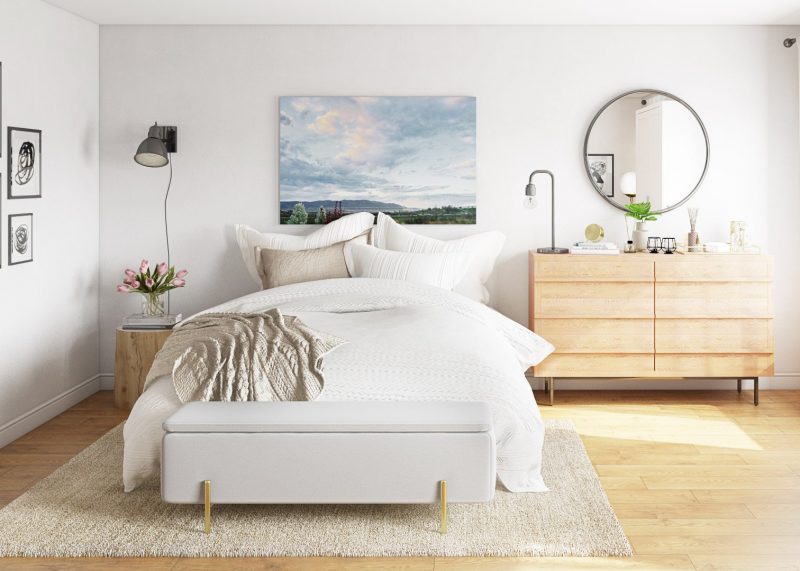
If the previous step means you’ve tossed that old, threadbare armchair, what will its replacement look like? Perhaps you’ve always wanted a leather chair-and-a-half or a bohemian chaise lounge. Think about the other must-have items you’re after, and add them here, keeping the style elements of your distilled mood board in mind.
When you plan a room, accessories are an important part of the design and should be included (or at least considered) as you create your wishlist. Art, houseplants and decor all add the final flourishes that make a place feel uniquely you.
If you opt to work with a professional Havenly designer online, your designer will only select decor that’s within your budget. Plus, Havenly designers work around any existing pieces you already own so you can fit all the pieces together seamlessly.
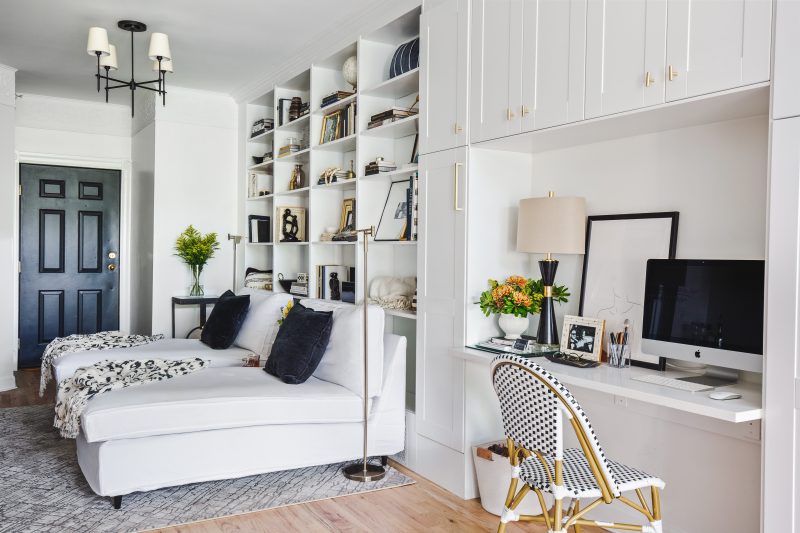
Use this step to simultaneously think about your needs for the space and how to arrange it: Do you need to be able to move about the room freely, limiting the amount of furniture you can add? Do you look forward to weekly movie nights at home, so your sofa absolutely has to face the TV? Should the desk in your home office be aimed directly into the sun? Remember to create space for lighting like sconces and floor lamps, particularly if the room in question doesn’t have much natural or overhead lighting. A successful room design isn’t just about what it looks like. The room has to function, too.
If you decide to let a Havenly designer do the heavy lifting, they will create a 3D floor plan based on your exact space—so you can see your room in real life before shopping decor.
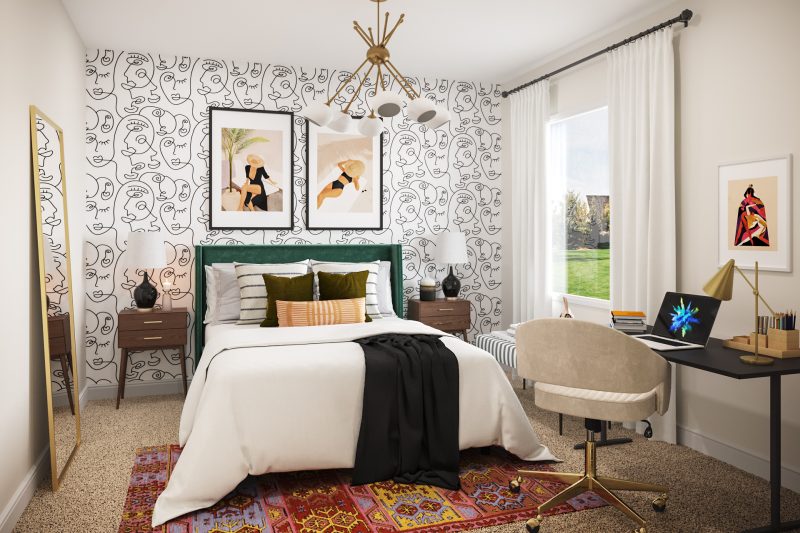
Armed with your wishlist and floor plan, it’s time for the fun part. As you identify the shoppable pieces (hint: check out our huge online shop!), be sure to write down specs like dimensions and price to make sure they’ll fit within your physical floor plan… and your budget. We also recently asked our designers some of their favorite places to shop based on their preferred aesthetic.
Opting to save time by designing your space online, you will receive a shoppable list of everything in your room design. You then choose items from your designer curated shopping list, and Havenly help you make your dream a reality (logistics and all!)
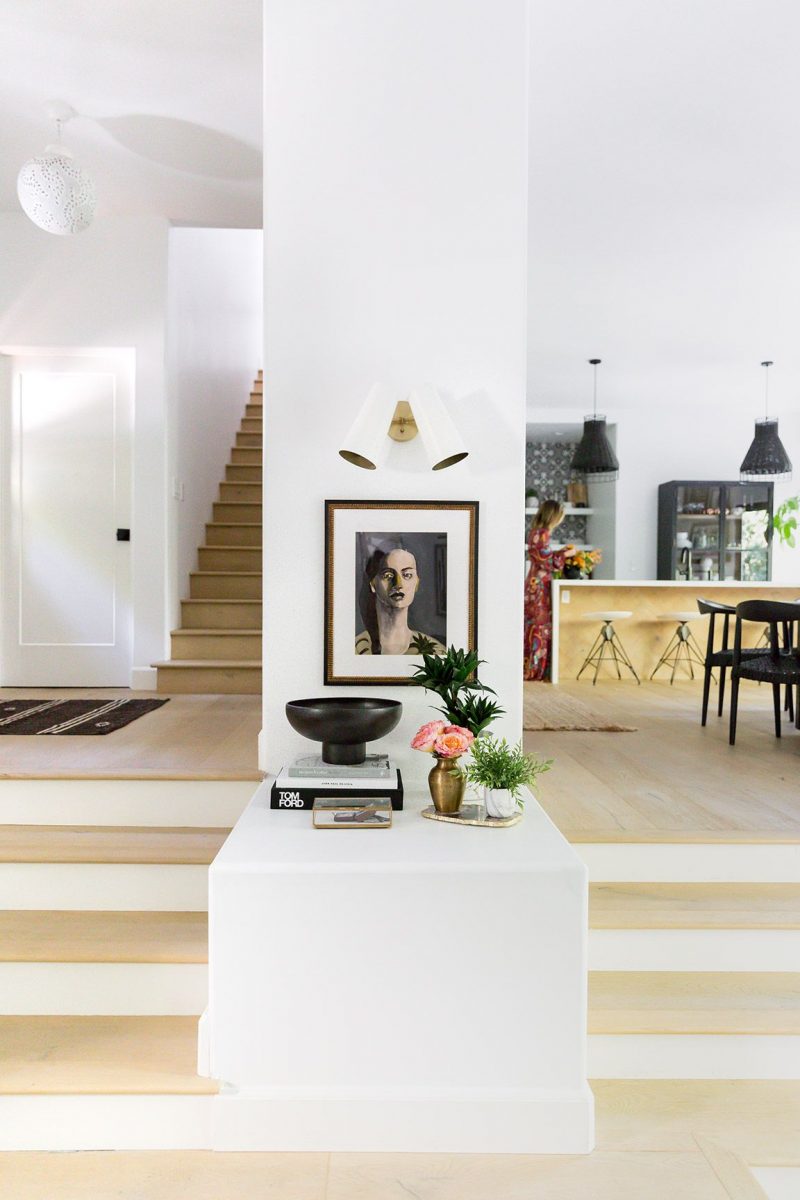
There’s nothing like a second opinion—especially when it comes from an expert. Although our blog has all sorts of helpful stories (like home makeover hacks to instantly refresh your space), we also have incredible interior designers on staff to assist you, whether you need a mini makeover or a total transformation. Havenly interior designers even help with the mood board, giving you a round of inspiration. You provide the feedback, and we turn it into an incredible room design.

Get started and plan a room online with our fun interior design style quiz!

